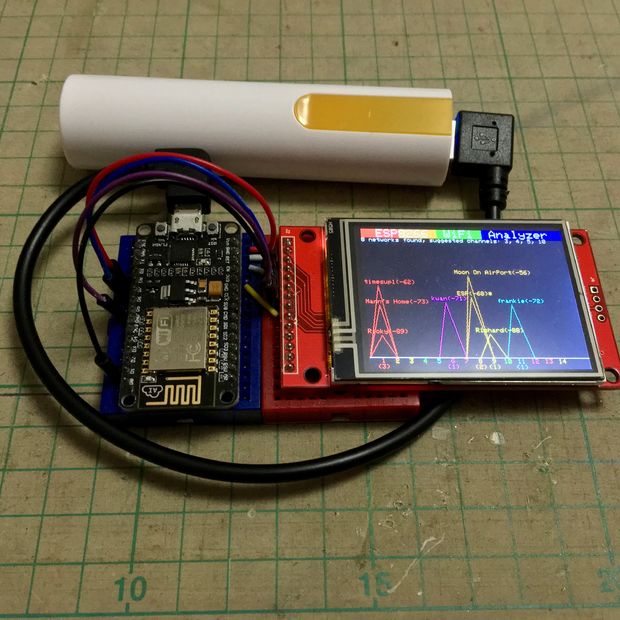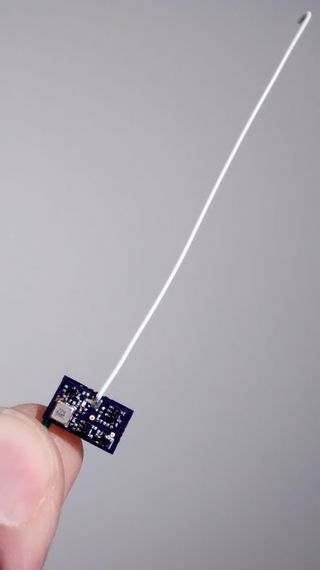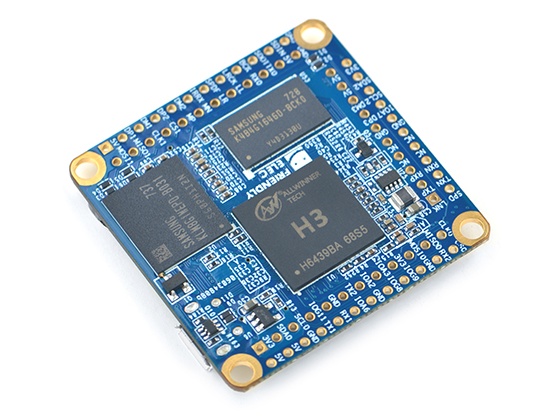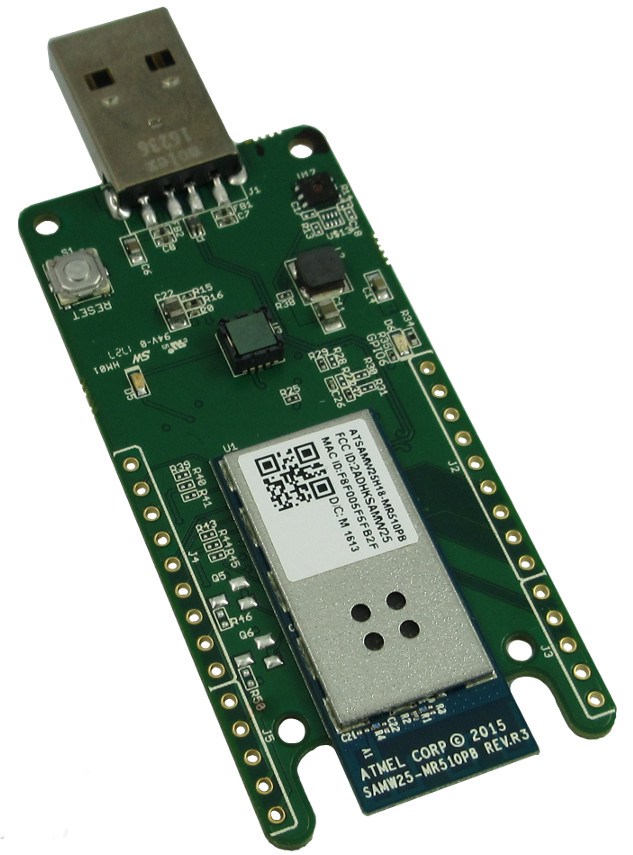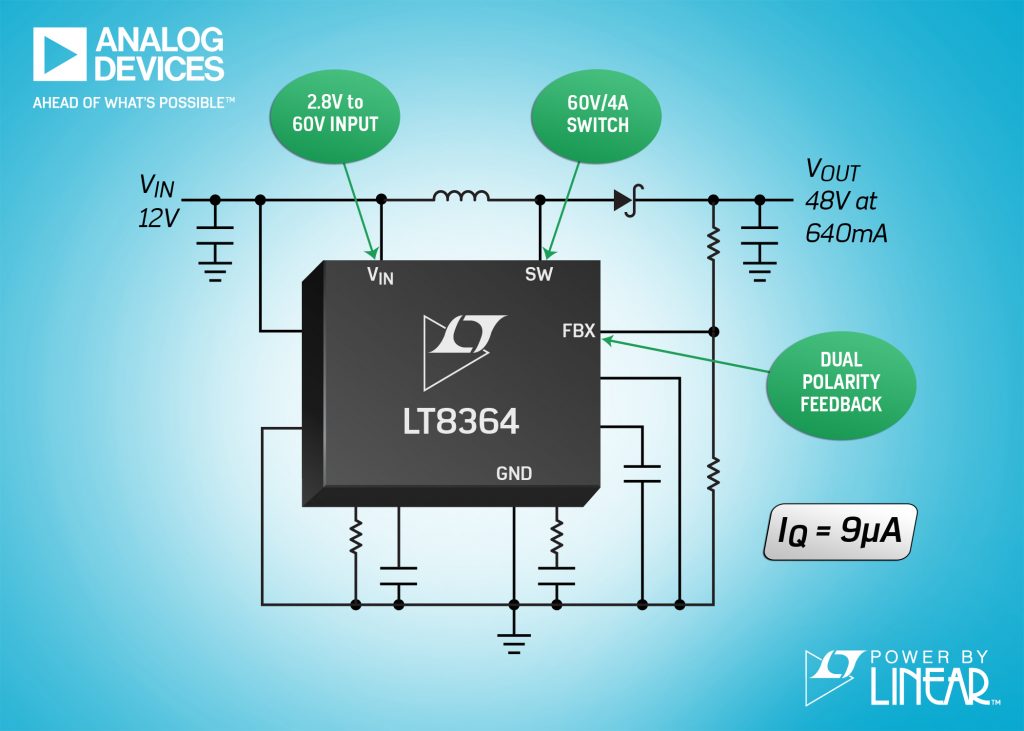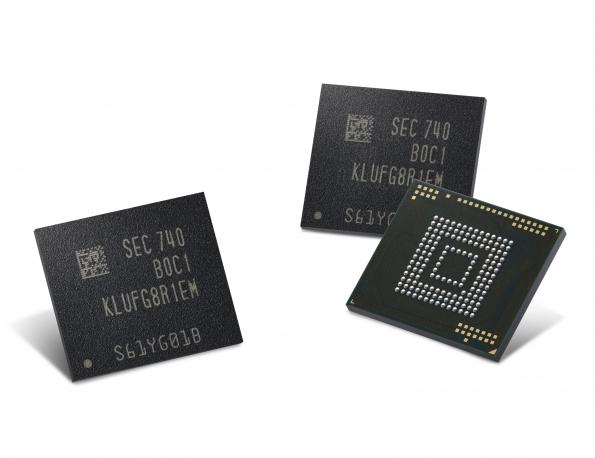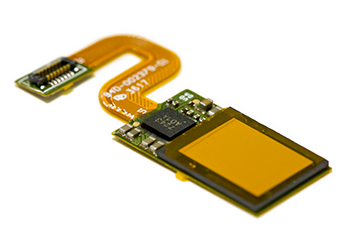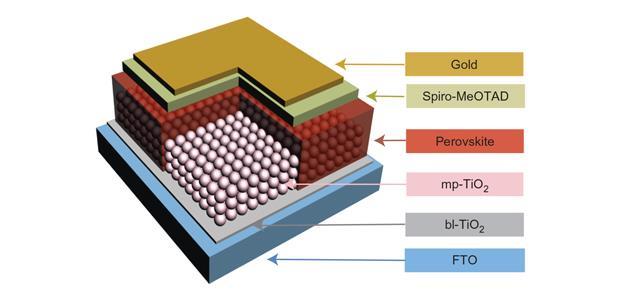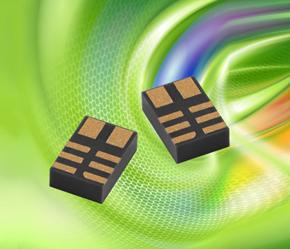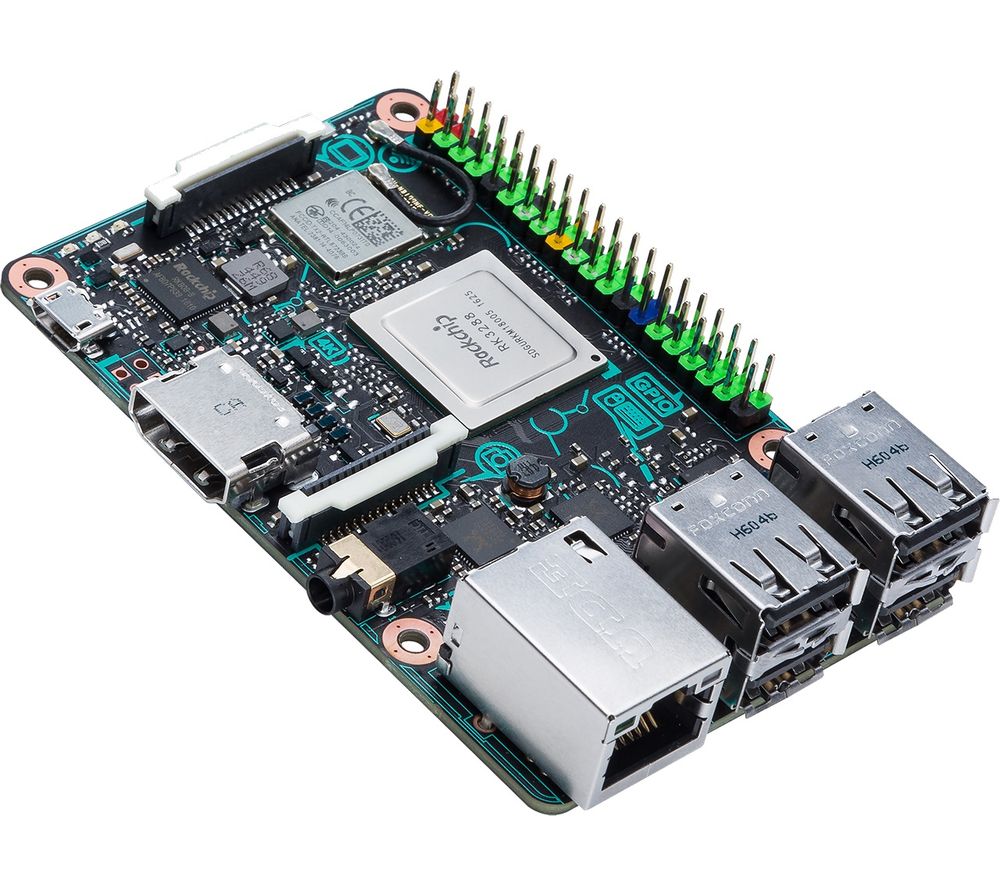
ASUS Tinker Board is a Versatile single board computer
Designed for computing hobbyists, the Asus Tinker Board is a single board computer that can do everything you’d expect from a desktop computer, with the capability to be embedded as a controller for a range of devices.
Perfect for connecting a range of external devices, the Tinker Board has four USB ports as well as a HDMI 2.0 connection, so that you can easily connect a keyboard, mouse and monitor just like you would to a standard PC tower. The HDMI 2.0 port supports 4k resolutions – perfect for setting up a personalised media suite.
Straightforward setup
To power your Tinker Board, all you have to do is connect a micro USB charging cable – just like an Android phone charger. And for storage, all you need is a microSD card, so that you can choose the amount of storage that suits your needs.
So that you can get online and add internet connectivity to your projects, the Tinker Board has a LAN Ethernet port as well as built-in WiFi and Bluetooth connectivity.
With an interface for a camera and support for 24-bit audio, the Tinker Board is perfect for setting up a variety of media based projects.
Features:
- Rockchip RK3288 procesor
- 1.8GHz ARM Cortex-A17 quad-core CPU
- 600MHz ARM Mali-T764 quad-core GPU
- Realtek ALC4040 audio codec
- 2GB dual-channel DDR3 memory
- MicroSD card slot
- HDMI
- Gigabit Ethernet LAN
- 802.11b/g/n WLAN, Bluetooth 4.0
- 4 x USB 2.0
- Combi audio minijack – headphone/line output and microphone output
- 40-pin GPIO header
- 15-pin DSI
- 15-pin CSI
ASUS Tinker Board Review – [Link]



